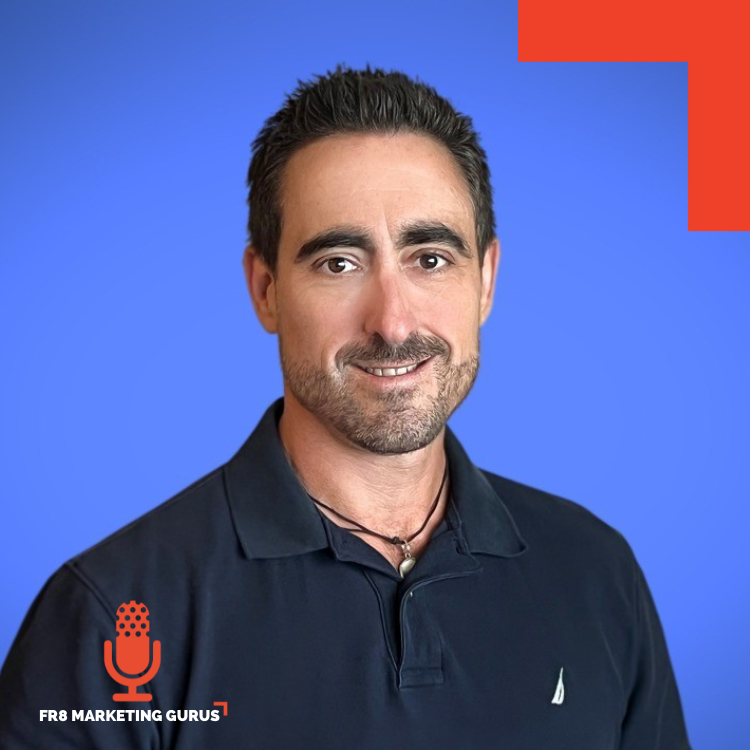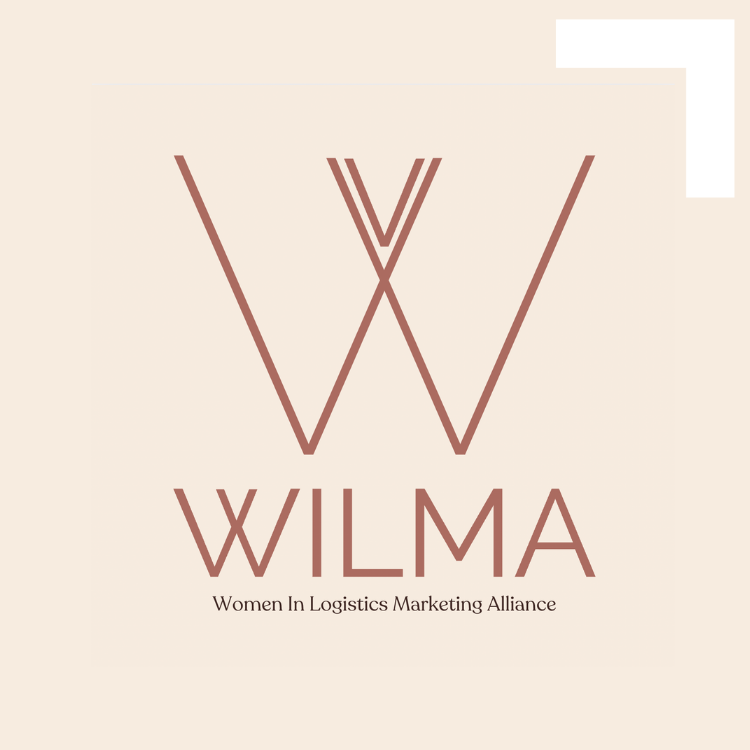Comparing Website Platforms: Wix, WordPress, Webflow, Shopify, HubSpot, and Headless CMS
Choosing between Wix, WordPress, Webflow, Shopify, HubSpot, and Headless CMS requires understanding how each platform supports ease of use, customization, SEO, and scalability for your business.

Selecting the right website platform is crucial for ease of use, customization, SEO, and scalability. In this guide, we compare Wix, WordPress, Webflow, Shopify, HubSpot, and Headless CMS to help you make the best choice.
Is Wix Good for Small Businesses?
Wix is a user-friendly website builder designed for those with little to no technical experience.
✅ Pros:
- Drag-and-Drop Simplicity: No coding required.
- All-in-One Package: Hosting, security, and templates included.
- Affordable: Starts at $16/month.
- Basic SEO Tools: Built-in features like meta tags and sitemaps.
- App Market: Extends functionality for eCommerce, bookings, and analytics.
❌ Cons:
- Limited Customization: Not ideal for advanced users.
- Scalability Issues: Less suitable for growing businesses.
- Weak Blogging Features: Not as robust as WordPress.
- Difficult Migration: Switching platforms can be challenging.
🔹 Best for: Small businesses, personal portfolios, and local businesses.
Why Choose WordPress for a Scalable Website?
WordPress is a powerful and flexible platform, ideal for blogs, business websites, and eCommerce.
✅ Pros:
- Highly Customizable: Thousands of themes and plugins.
- SEO-Friendly: Plugins like Yoast SEO optimize search rankings.
- Scalable: Works for everything from small blogs to enterprise sites.
- Community Support: Extensive resources and developer forums.
- Hosting Control: Choose your own hosting provider.
❌ Cons:
- Learning Curve: Requires some technical knowledge.
- Maintenance Required: Regular updates for security and performance.
- Self-Managed Hosting & Security: Unlike Wix, you handle these yourself.
🔹 Best for: Bloggers, businesses needing customization, and scalable websites.
Is Webflow the Best Website Builder for Designers?
Webflow is a no-code design platform with built-in CMS capabilities for visually stunning websites.
✅ Pros:
- Full Design Control: Ideal for designers who want customization without coding.
- Visual CMS: Combines design flexibility with content management.
- SEO-Optimized: Clean code and built-in SEO tools.
- Performance-Focused: Fast-loading pages for a better user experience.
❌ Cons:
- Steeper Learning Curve: More complex than Wix.
- Higher Cost: CMS and eCommerce features add up.
- Limited eCommerce: Not as robust as Shopify.
🔹 Best for: Designers, agencies, and startups needing custom websites.
Is Shopify the Best eCommerce Platform?
Shopify is a dedicated platform for businesses selling products online.
✅ Pros:
- All-in-One eCommerce Solution: Hosting, security, and payments included.
- User-Friendly Store Management: No coding required.
- Scalable: Handles high traffic and large inventories.
- Great for Dropshipping: Integrates with Oberlo and other apps.
❌ Cons:
- Expensive: Starts at $39/month, with additional app costs.
- Limited Customization: Less flexible than WordPress or Webflow.
- Transaction Fees: Extra costs if not using Shopify Payments.
🔹 Best for: Online stores, dropshipping businesses, and scalable eCommerce.
Why Use HubSpot CMS for Marketing & Lead Generation?
HubSpot CMS is a marketing-focused website platform that integrates seamlessly with HubSpot’s CRM and automation tools.
✅ Pros:
- All-in-One Marketing & Website Platform: Built-in CRM, email marketing, and analytics.
- Drag-and-Drop Builder: No coding required.
- SEO & Conversion Tools: Advanced SEO features and A/B testing.
- Personalization & Automation: Dynamic content based on visitor behavior.
- Security & Hosting Included: No need to manage updates or security patches.
❌ Cons:
- Expensive: Plans start at $25/month but scale quickly for advanced features.
- Limited Design Flexibility: Less customizable than WordPress or Webflow.
- Not Ideal for eCommerce: Lacks the robust eCommerce features of Shopify.
🔹 Best for: Businesses focused on lead generation, content marketing, and sales automation.
What Are the Benefits of a Headless CMS?
Headless CMS platforms (such as Strapi, Contentful, or Sanity) separate content from design, allowing developers to create custom websites.
✅ Pros:
- Blazing Fast Performance: Optimized for modern front-end frameworks like Next.js.
- Omnichannel Content: Publish across websites, apps, and IoT devices.
- Full Developer Control: Custom front-end experiences.
❌ Cons:
- Not Beginner-Friendly: Requires coding expertise.
- Higher Development Costs: Custom builds require investment.
- No Built-In Hosting: You manage hosting separately.
🔹 Best for: Enterprises, performance-driven websites, and developer-led projects.

Which Platform Should You Choose?
- Choose Wix for a simple, budget-friendly website with no coding needed.
- Choose WordPress for full customization, scalability, and SEO benefits.
- Choose Webflow if you want high design flexibility without coding.
- Choose Shopify for an all-in-one eCommerce solution.
- Choose HubSpot if you need an integrated marketing and CRM platform.
Choose Headless CMS for advanced performance and developer control.
Discover Your Marketing Maturity Level
Click the button below to take the assessment.


